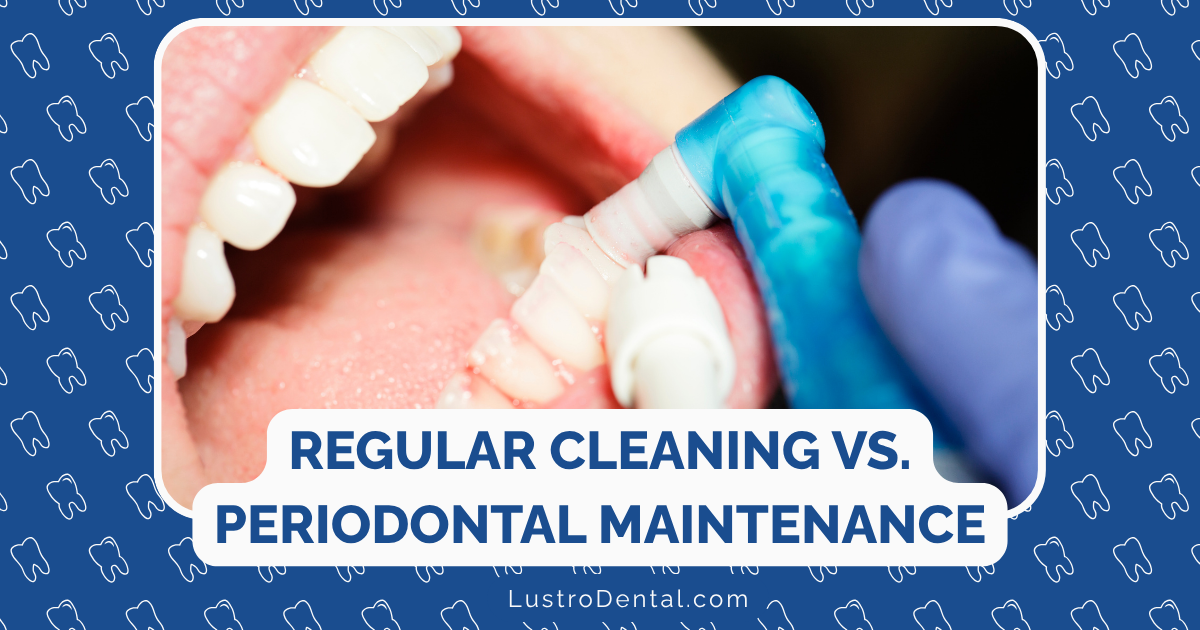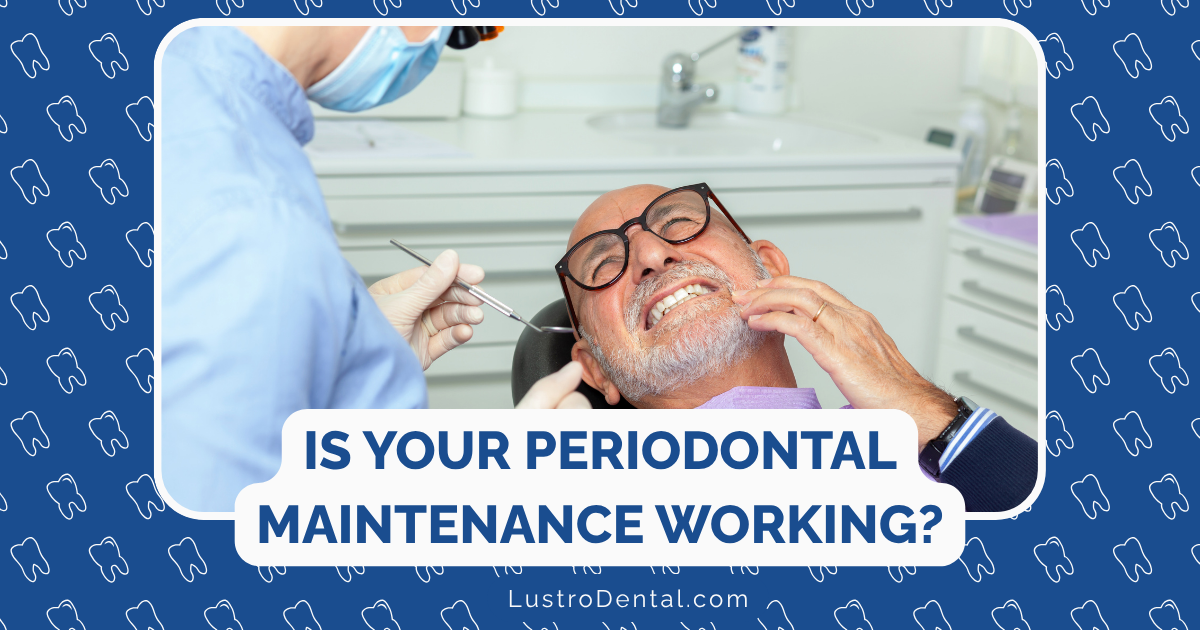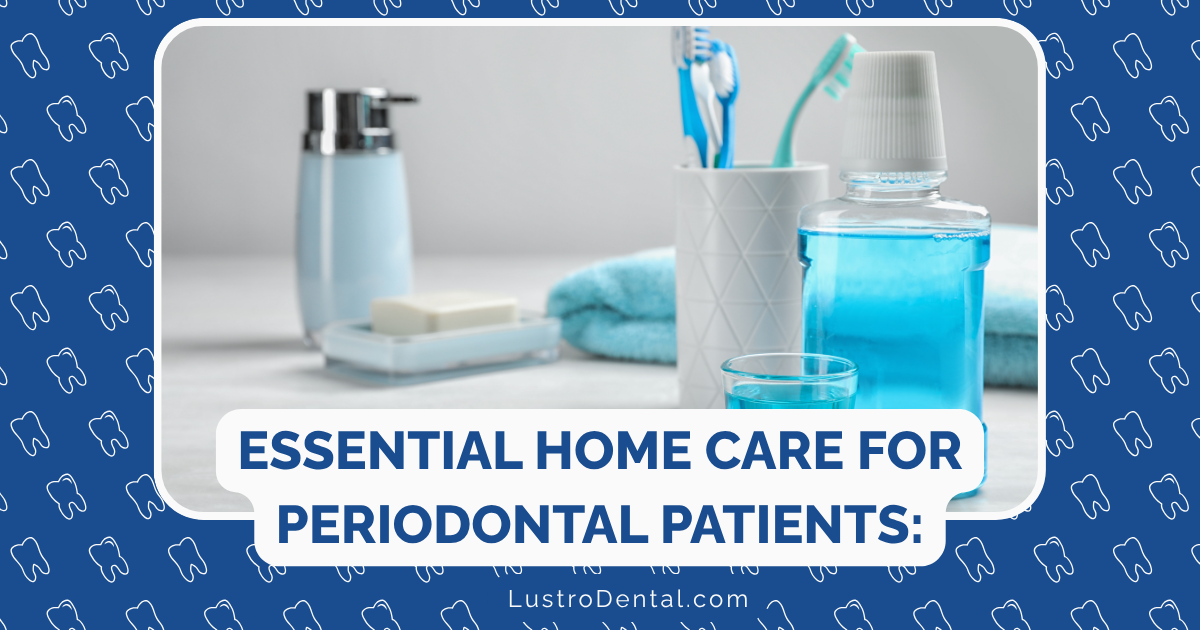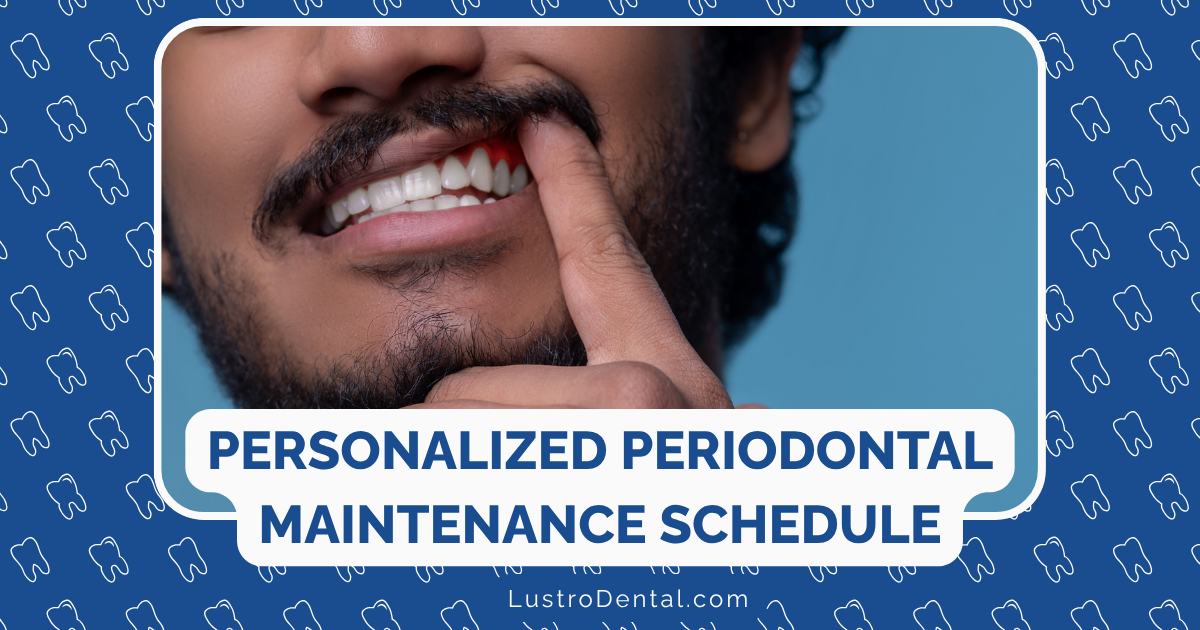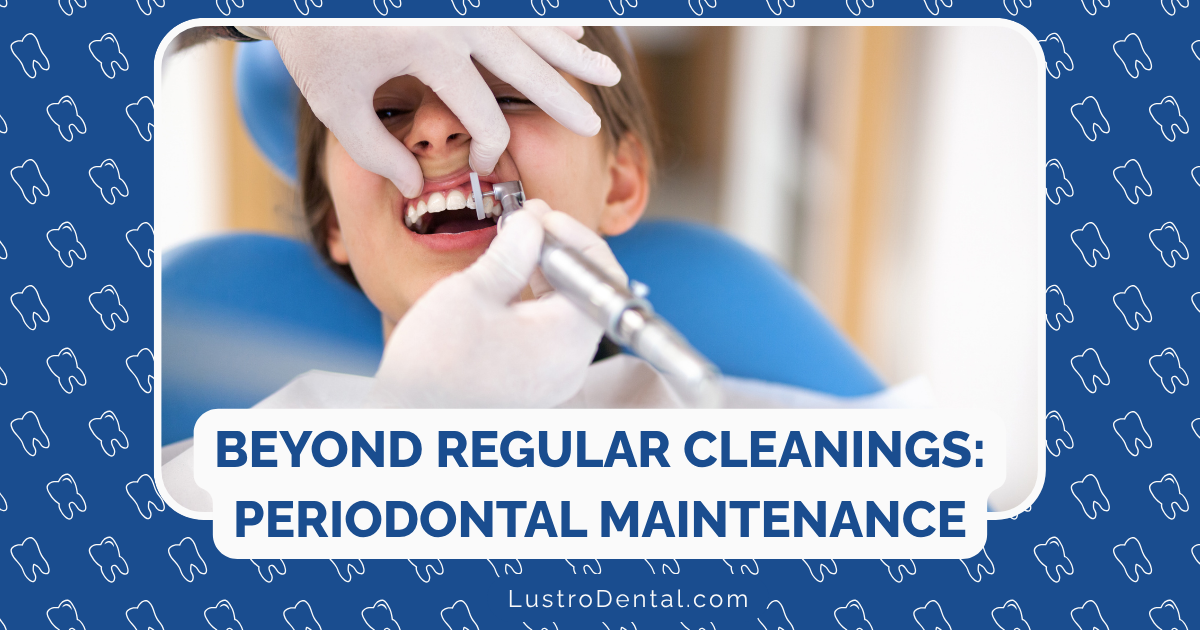Understanding Swollen Gums: Causes, Relief, and When to Seek Professional Help
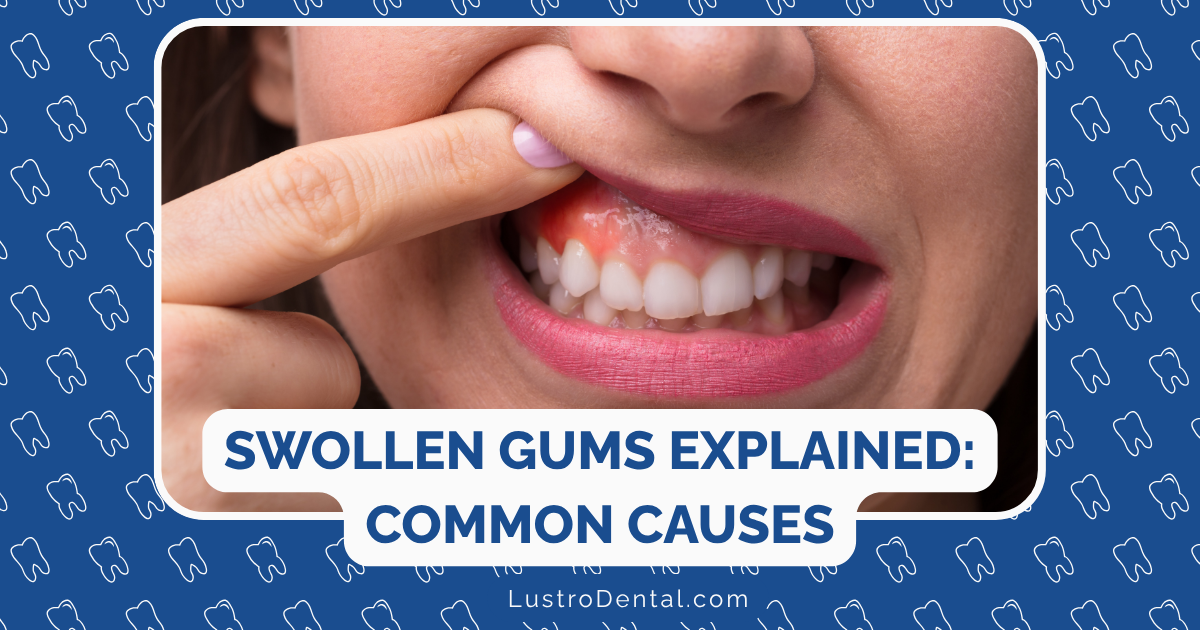
Have you ever looked in the mirror and noticed your gums appear puffy, red, or tender to the touch? Swollen gums are a common oral health concern that can range from a minor irritation to a sign of more serious underlying issues. Understanding the causes of gum inflammation and knowing effective relief strategies can help you address this uncomfortable condition while protecting your long-term oral health.
In this comprehensive guide, we’ll explore the various causes of swollen gums, effective home remedies for relief, preventive measures, and importantly, when it’s time to seek professional dental care. With the right knowledge and approach, you can take control of your gum health and restore comfort to your smile.
Understanding Healthy vs. Swollen Gums
Before we dive into causes and treatments, it’s important to understand what healthy gums look like compared to swollen ones.
Characteristics of Healthy Gums:
- Color: Typically pink (though may vary slightly with different skin tones)
- Texture: Firm and resilient
- Appearance: Fit snugly around teeth
- Sensation: No pain or discomfort
- Bleeding: No bleeding during brushing or flossing
Signs of Swollen Gums:
- Color: Red, purple, or darker than usual
- Texture: Soft, puffy, and tender
- Appearance: Bulging around teeth, sometimes covering part of the tooth surface
- Sensation: Pain, sensitivity, or discomfort
- Bleeding: May bleed during brushing, flossing, or even spontaneously
- Other symptoms: Bad breath, receding gum line, loose teeth (in advanced cases)
Understanding these differences helps you recognize when your gums are showing signs of inflammation that require attention.
Common Causes of Swollen Gums
Swollen gums can result from various factors, ranging from simple irritation to serious health conditions. Here are the most common causes:
1. Gingivitis
What it is: The earliest stage of gum disease, characterized by inflammation of the gums due to plaque buildup along the gumline.
How it develops: When bacteria in plaque aren’t removed through regular brushing and flossing, they produce toxins that irritate the gum tissue, causing inflammation.
Warning signs: Redness, swelling, and bleeding during brushing or flossing.
According to the American Dental Association, gingivitis is highly prevalent but also highly preventable and reversible with proper oral hygiene and professional care.
2. Periodontitis
What it is: A more advanced form of gum disease that develops when gingivitis is left untreated.
How it develops: The inflammation spreads beyond the gums to the supporting structures of the teeth, including the periodontal ligament and alveolar bone.
Warning signs: Receding gums, formation of pockets between teeth and gums, loose teeth, persistent bad breath, and changes in bite.
Periodontitis is a serious condition that can lead to tooth loss if not properly treated, according to the Centers for Disease Control and Prevention.
3. Hormonal Changes
Pregnancy: Elevated hormone levels can increase blood flow to the gums and make them more sensitive to plaque, leading to “pregnancy gingivitis.”
Menstruation and Birth Control: Hormonal fluctuations during menstrual cycles or from birth control pills can cause similar effects.
Puberty and Menopause: These transitional periods often bring hormonal changes that can affect gum sensitivity and inflammation.
4. Medications
Certain medications can affect gum health or cause dry mouth, which increases the risk of inflammation:
- Blood pressure medications
- Immunosuppressants
- Anti-seizure drugs
- Some antidepressants
- Certain calcium channel blockers
5. Poor Nutrition
Vitamin deficiencies, particularly vitamin C and B vitamins, can significantly impact gum health. A diet high in sugars and simple carbohydrates can also promote bacterial growth and inflammation.
6. Improper Oral Hygiene Techniques
Sometimes the very tools meant to clean your teeth can cause gum irritation if used incorrectly:
- Brushing too hard
- Using a toothbrush with hard bristles
- Aggressive flossing
- Ill-fitting dental appliances
7. Infections
Fungal and viral infections can cause significant gum inflammation:
- Thrush (oral candidiasis)
- Herpes viruses
- HIV/AIDS-related infections
8. Allergic Reactions
Allergic responses to dental materials, foods, or oral care products can trigger gum inflammation:
- Toothpaste ingredients (particularly sodium lauryl sulfate)
- Mouthwash components
- Dental materials used in fillings or appliances
9. Systemic Conditions
Several whole-body conditions can manifest with symptoms in the gums:
- Diabetes
- Autoimmune disorders like lichen planus
- Blood disorders
- Crohn’s disease
Understanding the underlying cause of your swollen gums is crucial for effective treatment and prevention of recurrence.
Immediate Relief Strategies
When you’re experiencing the discomfort of swollen gums, these strategies can provide quick relief while you address the underlying causes:
1. Salt Water Rinse
How to do it: Dissolve ½ teaspoon of salt in 8 ounces of warm water and gently rinse for 30 seconds, 2-3 times daily.
Why it works: Salt has natural disinfectant properties and helps reduce inflammation by drawing out fluids from the gums, reducing swelling.
2. Cold Compress
How to do it: Apply an ice pack wrapped in a thin cloth to the outside of your face for 10 minutes at a time.
Why it works: Cold reduces blood flow to the area, decreasing inflammation and numbing pain.
3. Turmeric Paste
How to do it: Mix ¼ teaspoon of turmeric powder with a small amount of water to form a paste. Apply directly to gums for 5 minutes, then rinse thoroughly.
Why it works: Turmeric contains curcumin, which has powerful anti-inflammatory and antimicrobial properties.
4. Tea Bags
How to do it: Steep a black tea bag in hot water, allow it to cool, then apply to the affected area for 5 minutes.
Why it works: Black tea contains tannins that help reduce inflammation and fight bacteria.
5. Over-the-Counter Pain Relievers
Options include: Ibuprofen (Advil, Motrin) or acetaminophen (Tylenol)
Why they work: These medications reduce inflammation and pain throughout the body, including in the gums.
6. Gentle Oral Hygiene
How to do it: Brush gently with an ultra-soft toothbrush and use a non-irritating toothpaste.
Why it works: Maintaining cleanliness without further irritating inflamed tissues helps the healing process.
7. Hydrogen Peroxide Rinse
How to do it: Mix equal parts 3% hydrogen peroxide and water, swish for 30 seconds, and spit (do not swallow).
Why it works: Hydrogen peroxide helps kill bacteria and reduces plaque, though it should be used sparingly and not as a long-term solution.
While these remedies can provide temporary relief, they don’t address the root causes of gum inflammation. For lasting results, you’ll need to consider the role of your oral microbiome and implement long-term prevention strategies.
The Role of Oral Microbiome in Gum Health
Recent scientific research has revealed that the health of your gums is intimately connected to the balance of bacteria in your mouth—what scientists call the oral microbiome.
Understanding the Oral Microbiome
Your mouth naturally contains hundreds of species of bacteria. In a healthy mouth, beneficial bacteria help maintain balance and protect against harmful pathogens. However, when this balance is disrupted (a condition called dysbiosis), harmful bacteria can flourish, leading to inflammation and gum disease.
How Dysbiosis Leads to Swollen Gums
When harmful bacteria dominate the oral microbiome, they form biofilms (plaque) along the gumline. These bacteria release toxins that trigger an immune response, resulting in the classic signs of inflammation: redness, swelling, and tenderness.
Supporting Your Oral Microbiome
Restoring and maintaining a healthy balance of oral bacteria is a cutting-edge approach to treating and preventing swollen gums. Here are effective strategies:
1. Oral Probiotics
Oral probiotics, such as ProDentim, introduce beneficial bacteria to help restore balance to the oral microbiome. Unlike traditional treatments that indiscriminately kill bacteria, probiotics work by promoting the growth of helpful microorganisms that naturally protect gum tissue.
ProDentim contains 3.5 billion CFUs of beneficial bacteria, including Lactobacillus paracasei, Lactobacillus reuteri, and Bifidobacterium lactis BL-04. These strains have been specifically selected for their ability to:
- Compete with harmful bacteria for space and resources
- Produce antimicrobial substances that inhibit pathogenic bacteria
- Help regulate inflammation in gum tissue
- Support the natural remineralization process of teeth
Many users report significant improvements in gum health after incorporating ProDentim into their daily routine, with reduced inflammation, less bleeding, and healthier-looking gum tissue.
2. Prebiotics
Prebiotics are compounds that feed beneficial bacteria, helping them thrive in the oral environment. ProDentim includes inulin, a prebiotic fiber that supports the growth of beneficial bacteria in the mouth.
3. Limiting Antimicrobial Mouthwashes
While antimicrobial mouthwashes can help in acute situations, their regular use can disrupt the balance of the oral microbiome by killing beneficial bacteria along with harmful ones. Consider using them only as directed by your dental professional rather than as a daily habit.
4. Diet Considerations
A diet high in refined sugars and simple carbohydrates feeds harmful bacteria. Reducing these foods while increasing fiber-rich fruits and vegetables supports a healthier oral microbiome.
By addressing the fundamental balance of your oral microbiome, you can create an environment where gum inflammation is less likely to occur in the first place.
Long-Term Prevention Approaches
While immediate relief strategies and microbiome support are important, preventing swollen gums requires consistent habits that protect gum health over time.
1. Optimal Oral Hygiene Routine
Brushing: Brush gently for two minutes, twice daily, using a soft-bristled toothbrush and fluoride toothpaste. Pay special attention to the gumline, using a 45-degree angle.
Flossing: Clean between teeth daily with floss or interdental brushes to remove plaque from areas your toothbrush can’t reach.
Tongue cleaning: Bacteria collect on the tongue and can recolonize teeth and gums. Clean your tongue daily with a tongue scraper or your toothbrush.
2. Regular Professional Dental Care
Routine check-ups: Visit your dentist every six months for professional cleanings and examinations.
Professional cleanings: These remove tartar (hardened plaque) that can’t be eliminated by home care alone.
Early intervention: Regular dental visits allow for early detection and treatment of gingivitis before it progresses to periodontitis.
3. Lifestyle Modifications
Quit tobacco: Smoking and chewing tobacco significantly increase the risk of gum disease and impair healing.
Limit alcohol: Excessive alcohol consumption can dry the mouth and irritate gum tissue.
Manage stress: Chronic stress weakens the immune system, making it harder for your body to fight infections, including those in the gums.
Stay hydrated: Proper hydration supports saliva production, which helps neutralize acids and wash away food particles.
4. Dietary Considerations
Reduce sugary foods and drinks: Sugar feeds harmful bacteria that cause inflammation.
Increase vitamin C: Found in citrus fruits, strawberries, and bell peppers, vitamin C is essential for gum health and collagen production.
Consume omega-3 fatty acids: Found in fatty fish, flaxseeds, and walnuts, these have anti-inflammatory properties.
Add crunchy fruits and vegetables: Foods like apples, carrots, and celery stimulate saliva production and help clean teeth surfaces.
5. Consistent ProDentim Use
For ongoing support of your oral microbiome, incorporating ProDentim into your daily routine can make a significant difference in preventing gum inflammation. The consistent introduction of beneficial bacteria helps maintain the delicate balance necessary for healthy gums.
Many users find that taking one ProDentim tablet each morning, after brushing their teeth, provides continuous support for their oral microbiome throughout the day.
When to Seek Professional Help
While many cases of swollen gums can be managed with home care and preventive measures, certain signs indicate the need for professional dental attention:
Seek Immediate Dental Care If:
- Severe pain that interferes with eating, speaking, or sleep
- Significant swelling that extends to the face or neck
- Fever accompanying gum inflammation
- Pus between teeth and gums
- Loose teeth or changes in how teeth fit together
- Difficulty swallowing or breathing
Schedule a Dental Appointment If:
- Gum inflammation persists for more than two weeks despite home care
- Gums bleed easily during brushing or flossing
- You notice receding gums or teeth that appear longer
- You experience persistent bad breath despite good oral hygiene
- You have risk factors such as diabetes, heart disease, or a compromised immune system
- You’re pregnant and experiencing gum changes
- You smoke and have gum inflammation
Early intervention by a dental professional can prevent minor gum issues from progressing to more serious conditions that are harder to treat and may threaten your overall health.
Professional Treatment Options
When you seek professional help for swollen gums, your dental provider may recommend one or more of the following treatments:
1. Professional Dental Cleaning
What it involves: Removal of plaque and tartar from above and below the gumline using specialized instruments.
Benefits: Eliminates bacterial buildup that home care can’t remove, allowing gums to heal.
2. Scaling and Root Planing
What it involves: A deep-cleaning procedure that removes plaque and tartar from below the gumline (scaling) and smooths the tooth roots (planing) to help gums reattach to teeth.
Benefits: Effective for treating early to moderate periodontitis and reducing pocket depth between teeth and gums.
3. Antibiotic Therapy
What it involves: Prescription of oral antibiotics, antibiotic mouthwashes, or placement of antibiotic fibers in deep gum pockets.
Benefits: Helps control bacterial infection and reduce inflammation, especially in cases that don’t respond to mechanical cleaning alone.
4. Oral Probiotics Recommendation
Many dental professionals now recognize the value of oral probiotics like ProDentim as a complementary approach to traditional treatments. Your dentist may recommend ProDentim to help maintain the benefits of professional treatment by supporting a healthy balance of oral bacteria.
5. Surgical Interventions (for Advanced Cases)
Flap Surgery: Lifting back gum tissue to remove tartar deposits in deep pockets, then securing the tissue in place to eliminate pockets.
Bone and Tissue Grafts: Replacing lost bone or gum tissue to help stabilize teeth and improve appearance.
Guided Tissue Regeneration: Using special materials to encourage the growth of bone destroyed by periodontitis.
Your dental professional will determine the most appropriate treatment based on the cause and severity of your gum inflammation.
Special Considerations for Different Age Groups
Children and Adolescents
Children may experience swollen gums during:
- Teething
- Eruption of permanent teeth
- Orthodontic treatment
- Poor oral hygiene habits
Special considerations:
- Use age-appropriate oral hygiene tools
- Supervise brushing until around age 8
- Consider child-friendly probiotics to establish healthy oral microbiome early
Pregnant Women
Pregnancy gingivitis affects 60-75% of pregnant women due to hormonal changes. Special considerations include:
- More frequent dental cleanings during pregnancy
- Extra attention to oral hygiene
- Safe, natural remedies for inflammation
- Consultation with both dental and prenatal care providers
Older Adults
Aging brings unique challenges to gum health:
- Medication-induced dry mouth
- Receding gums from years of wear
- Manual dexterity issues affecting oral hygiene
- Higher prevalence of systemic conditions affecting gum health
Special considerations:
- Adapted oral hygiene tools (electric toothbrushes, floss holders)
- More frequent dental visits
- Saliva substitutes for dry mouth
- Simplified oral care routines that are easier to maintain
Conclusion: A Balanced Approach to Gum Health
Swollen gums are your body’s way of signaling that something isn’t right in your oral environment. By understanding the causes, implementing effective relief strategies, and adopting preventive measures, you can address both the symptoms and the underlying issues.
The emerging science of the oral microbiome offers exciting new approaches to gum health. Products like ProDentim represent a shift toward working with your body’s natural processes rather than against them, supporting the beneficial bacteria that protect your gums from inflammation and disease.
Remember that optimal gum health requires a comprehensive approach:
- Immediate relief for comfort
- Professional care when needed
- Consistent oral hygiene habits
- Microbiome support with probiotics like ProDentim
- Lifestyle factors including diet, stress management, and hydration
By combining these strategies, you can not only resolve current gum inflammation but also build resilience against future problems, ensuring your smile remains healthy, comfortable, and confident for years to come.
Frequently Asked Questions
What is the fastest way to heal swollen gums?
Can stress cause swollen gums?
Are swollen gums a sign of something serious?
How long do swollen gums take to heal?
Can swollen gums go away on their own?
Is it OK to brush swollen gums?
How do ProDentim probiotics compare to traditional gum treatments?
Have you struggled with swollen gums? What strategies have worked best for you? Share your experience in the comments below to help others on their journey to better gum health.
Disclaimer: This article is for informational purposes only and does not constitute medical or dental advice. Always consult with qualified dental professionals about your specific oral health needs.


